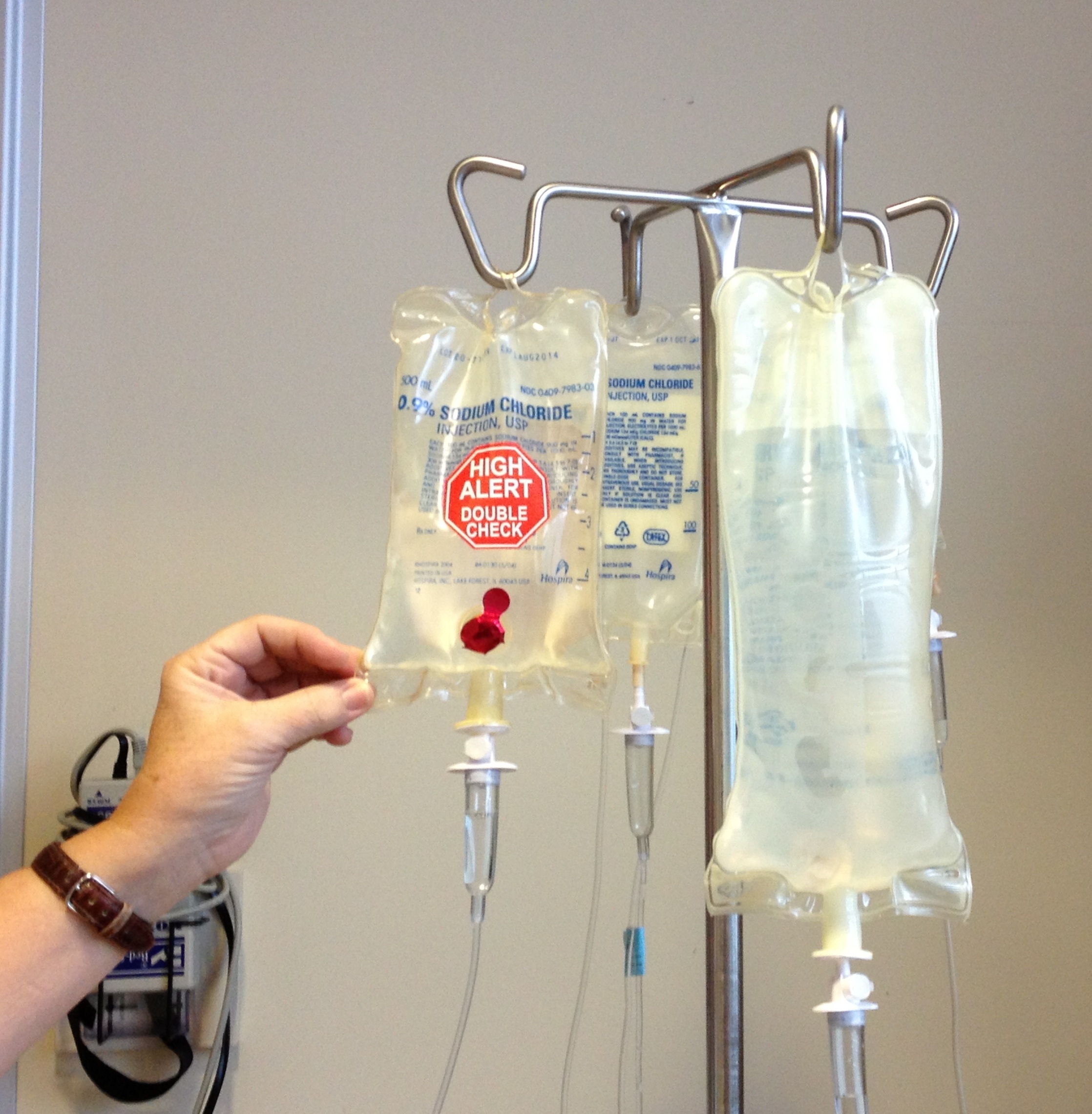
Findings from a clinical trial, published this month in the New England Journal of Medicine, show that the addition of rituximab to a standard chemotherapy protocol, markedly prolongs event-free survival and overall survival among children and adolescents with high-grade, high-risk, mature B-cell non-Hodgkin lymphoma (B-NHL).
Lymphomas are the third most common type of cancer in children in the UK behind leukaemias and brain tumours, affecting hundreds of children and young people per year.
Survival rates for B-NHL have remained relatively unchanged in the last 20-30 years. While rituximab has been shown to prolong survival among adults with B-cell cancer, data on its efficacy and safety in children are limited.
The ‘Inter-B-NHL Ritux 2010’ trial was set up to look at the use of rituximab in children and included 12 countries including the UK, coordinated by two international cooperative groups — the European Intergroup for Childhood Non-Hodgkin Lymphoma (EICNHL) and the Children’s Oncology Group (COG).
The UK arm of the trial was funded by CRUK and led by Dr Amos Burke, a childhood cancer specialist at Addenbrooke’s Hospital and member of the Paediatric Cancer Programme at the CRUK Cambridge Centre.
The results combine trial data from all 12 countries. From December 2011 through to November 2015, a total of 362 patients, ranging from 6 months to 18 years of age, were enrolled at 176 centres. The addition of six doses of rituximab to LMB therapy led to significantly better event-free survival and higher 3-year overall survival was also seen.
Dr Burke, trial steering committee member and Chief Investigator for the UK arm of the trial, said “These are practice changing results which define a new standard for high risk B-NHL in children and young adults. It represents the most significant improvement in survival since the 1990s for this disease.”
Reference:
Minard-Colin V, Aupérin A, Pillon M, Burke GAA, Barkauskas DA, Wheatley K, Delgado RF, Alexander S, Uyttebroeck A, Bollard CM, Zsiros J, Csoka M, Kazanowska B, Chiang AK, Miles RR, Wotherspoon A, Adamson PC, Vassal G, Patte C, Gross TG; European Intergroup for Childhood Non-Hodgkin Lymphoma; Children’s Oncology Group. Rituximab for High-Risk, Mature B-Cell Non-Hodgkin's Lymphoma in Children. N Engl J Med. 2020 Jun 4;382(23):2207-2219. doi: 10.1056/NEJMoa1915315. PMID: 32492302.
Sidaway, P. Rituximab for paediatric NHL. Nat Rev Clin Oncol (2020). https://doi.org/10.1038/s41571-020-0409-8
















